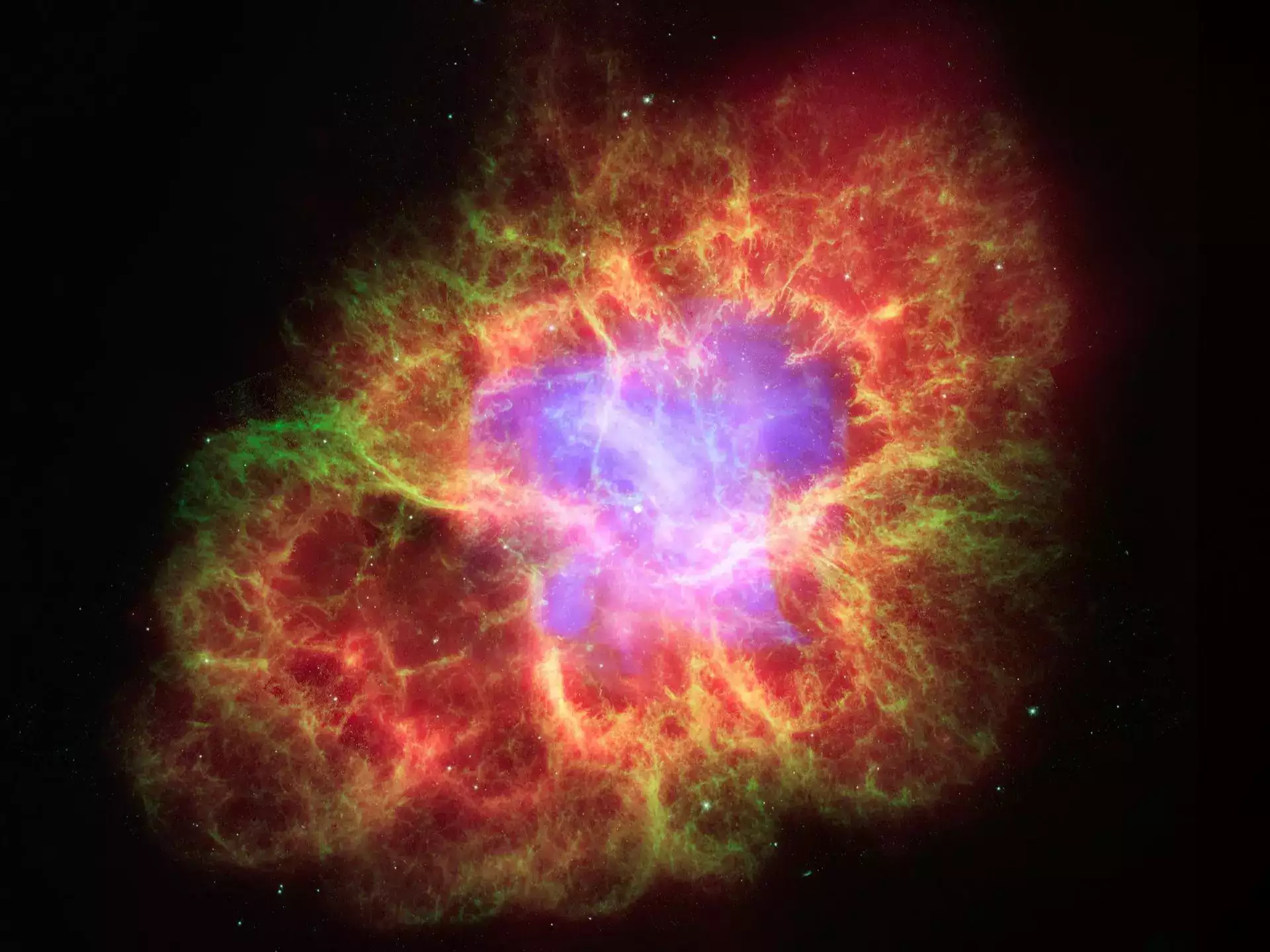Neutron stars, though small in cosmic terms, compensate for their size with their incredible density. Just a teaspoon of these remnants from massive supergiant stars would weigh a mind-boggling 10 million tons on Earth! But what happens when two neutron stars collide? They create a dazzling display of light called a kilonova, one of the most violent events in the known universe. It’s like explosive chemistry unfolding in space!
However, detecting such an encounter is like finding a needle in a cosmic haystack. To date, only one kilonova resulting from the collision of neutron stars has been observed: in 2017, the Laser Interferometer Gravitational-Wave Observatory (LIGO) detected the gravitational wave signal GW 170817 along with its accompanying gamma-ray burst GRB 170817A. This extraordinary event occurred 130 million light-years away.
Remarkably, we can detect these waves on Earth, even after they have traveled billions of light-years. Recently, a team of scientists explored the hypothetical possibility of a kilonova occurring much closer to our planet, just 36 light-years away. The aftermath of such an event would be catastrophic for Earth.
These celestial collisions unleash a torrent of destructive forces, including gamma rays and cosmic rays — highly energetic charged particles moving at near-light speeds — in unimaginable quantities. The immediate danger from a neutron star merger comes from the gamma rays they release. These high-energy rays can ionize atoms by stripping electrons, ultimately destroying Earth’s protective ozone layer. However, for this grim scenario to unfold, our planet must be directly in the path of the gamma-ray jets. Fortunately, this is a localized effect.
The real catastrophe would arise from the cosmic rays, aptly named. If these particles reach Earth, they would mercilessly deplete our ozone layer, leaving our planet vulnerable to ultraviolet radiation for thousands of years. In essence, it could turn Earth into an inhospitable wasteland.
Before you start hoarding canned goods and building underground shelters, it’s crucial to understand the rarity of such an event. Neutron star mergers are not only uncommon but also have a limited range of lethality. In the grand scheme of things, we have more immediate cosmic dangers to consider, such as solar flares, asteroid impacts, and supernova explosions. While neutron star mergers are fascinating to contemplate, these other cosmic threats demand our immediate attention.

I have over 10 years of experience in the cryptocurrency industry and I have been on the list of the top authors on LinkedIn for the past 5 years.

